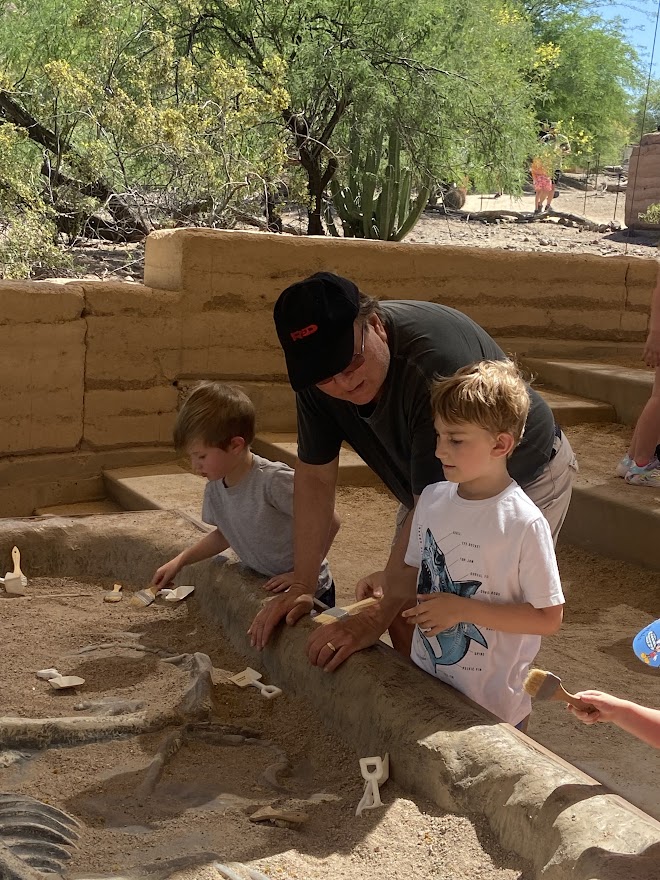Talking to children about money is vital. This will help them understand that money is not taboo or scary. To raise well-rounded and compassionate children, talking to your children about money is essential. From parents like you, here is some expert advice about handling giving back as a family.
Here are some tips to help you teach your children important lessons about charity and empathy.
Look For Volunteer Opportunities
Action is the best way to teach kids how to give back. You find volunteer opportunities that are “exciting for your child.” It will help if you are looking for volunteer opportunities that fit your kids’ interests. For example, volunteering at an animal shelter. Encourage your child, in addition to volunteering, to choose clothes, books, and toys to donate.
Discuss how not all families can afford the same toys, clothes, or food as your children. Giving to the less fortunate is a constructive act of goodness. Positive reinforcement is received well with children, so by encouraging your child to participate in giving to others provides optimistic support that goes beyond just this one act of kindness.
Use a Three-Bucket System for Allowances
You can teach your children how to use the allowance you give them each month by the 3-bucket approach to allowances. This means they should have a portion for spending, a portion for saving, and a portion for giving back. Obviously, they are going to use the portion for spending on what they are most interested in. The younger children you are going to ask them to choose a cause to support, while as they grow older, they will understand what you mean by asking them to give back to a charity that is helping others.
Encourage Gratitude
To nurture gratitude, you must be kind and compassionate every day. Explain to your child how some people have more than you do while others have less. If you can eat well, have a warm home, and are loved by your family, you’re one of the fortunate ones. It is important to model this behavior every single day.
You can show your child that you appreciate the little things in your life like a car that runs or air conditioning when it is 100 degrees. Kids will be less likely not to take these things for granted when they hear their parents verbalize how lucky they are. Ask your child for three examples of good things that have occurred today. A general sense of gratitude promotes compassion and fuels the desire to give back.
Show Your Children the Good and the Bad
Your child will likely hear about a community members tragic death through school or close friends. They will then ask you questions about it. Once you’ve told your child what happened, take this opportunity to show them the goodness in people. Discuss the community drives created to help those who are not as fortunate as you are.
You can read the news stories about those who visit a site after a fire or hurricane and how they helped rebuild homes. A simple way for your child to get involved in helping when there is a disaster is to participate in donating canned food directly to their school drive. Ask your child what other ways they might help. Children are highly creative and may come up with new ideas.
Find out all of the different ways you can give.
According to the National Center for Charitable Statistics (NCCS), there are over 1.5million nonprofit groups in the U.S. The most popular include:
- Supporting minority and low-income communities
- Animal protection
- Blind and visually impaired
- Cancer
- International assistance and development
- Hunger
- International relations and peace
- Women’s Rights
- Youth development
There are many options available for kids to learn the value and importance of volunteering. Set up a charity mailbox in your home where they personally send $1-5 to help a cause. This will show children how even a tiny amount of money can make an impact when you give with a cheerful heart. Encourage children to give their toys, school supplies, and clothing.
Let Children Choose Their Causes
You can suggest causes to your child, and they can choose the one most important to them. It is more likely that they will support causes that they are passionate about. Consider their age and select causes that appeal to them. Many children enjoy visiting local children’s hospitals, which allow them to donate unwanted toys, or visit farms with animals or animal shelters. They can also donate money and play with the animals.
Make it a family affair. Lean on your family to show them how you give back. Let them know when you donate money to charity. They can also help you select canned food items for a food drive. You could even ask them to accompany you to a fundraising event. It’s a great way to have a conversation about the importance of giving and the benefits it can bring.
You can also make family traditions by giving to the same charity yearly during holidays. Or, you can set up a charity fund at home for the whole family to contribute. Finally, the family can decide together how they will use the money.
Conclusions
There are many child charity organizations that your kids and you can get involved with. Donate clothing to the most vulnerable children. Your donation will be distributed in various ways to shelters and hospitals as well as families. You may also donate food to hungry children through local food banks. Adults are the role models for our kids. Children are watching us and imitate what we do both good and bad. Be the good example by helping others less fortunate.











